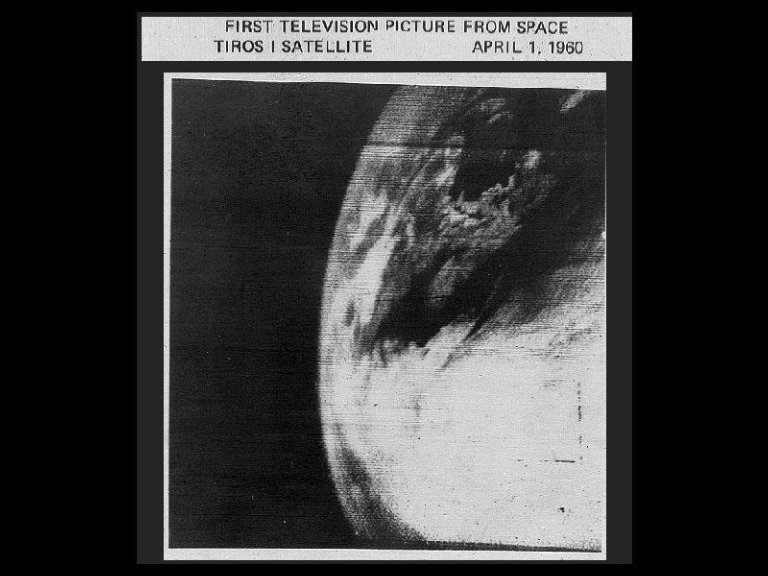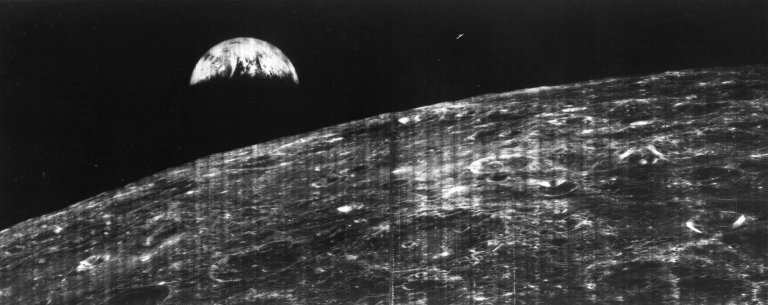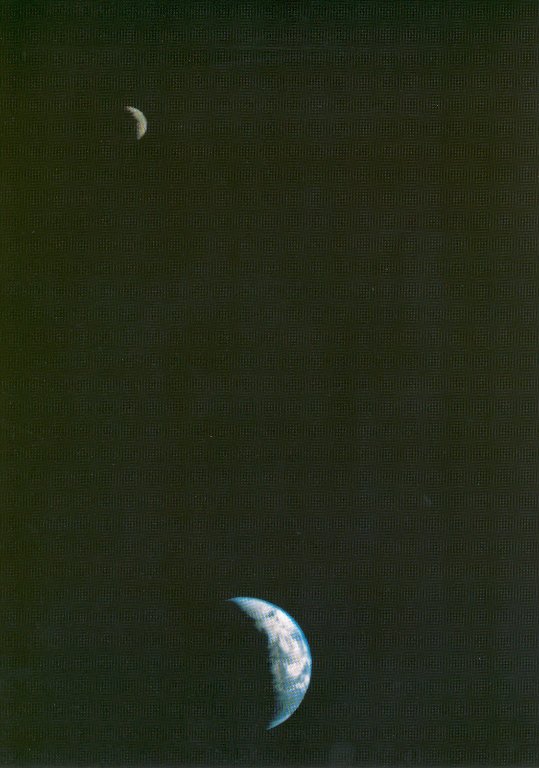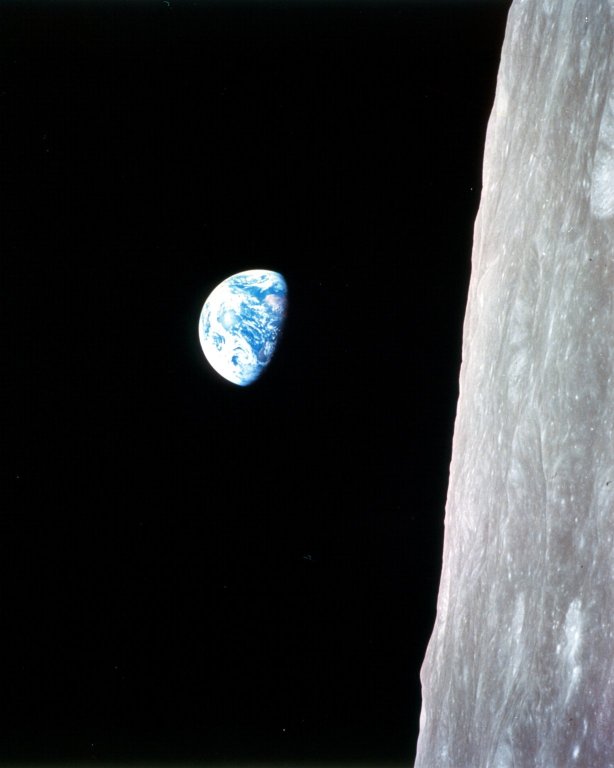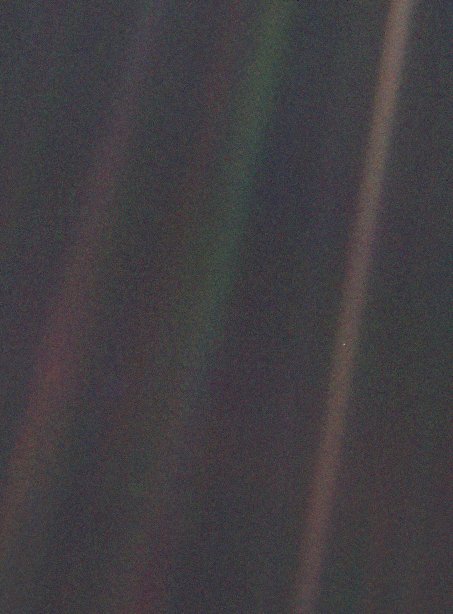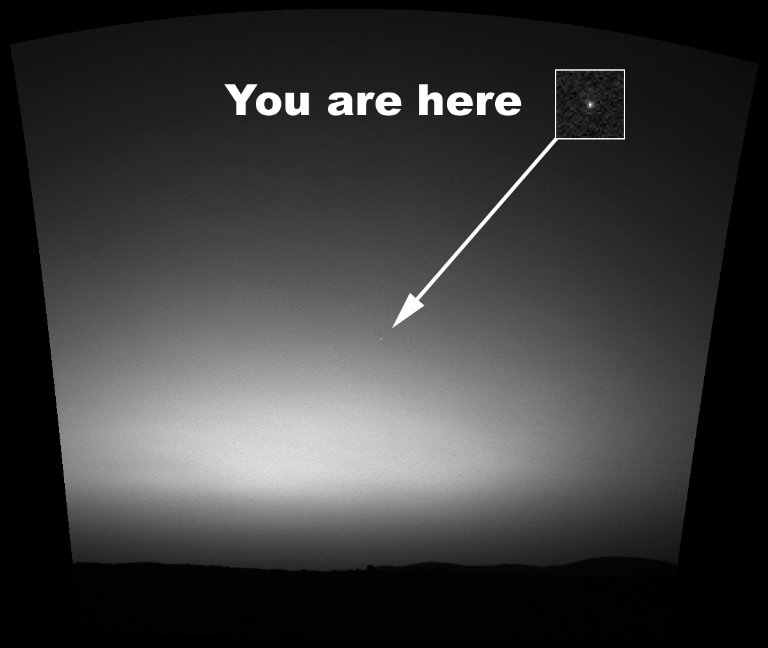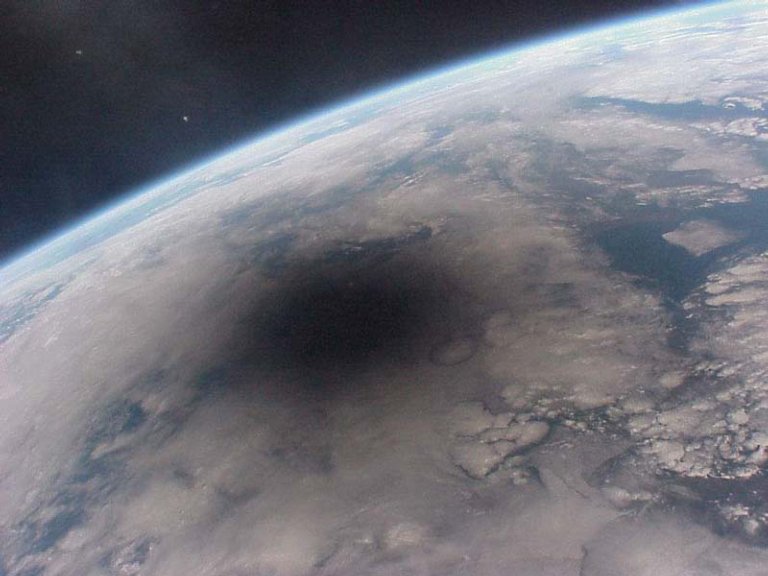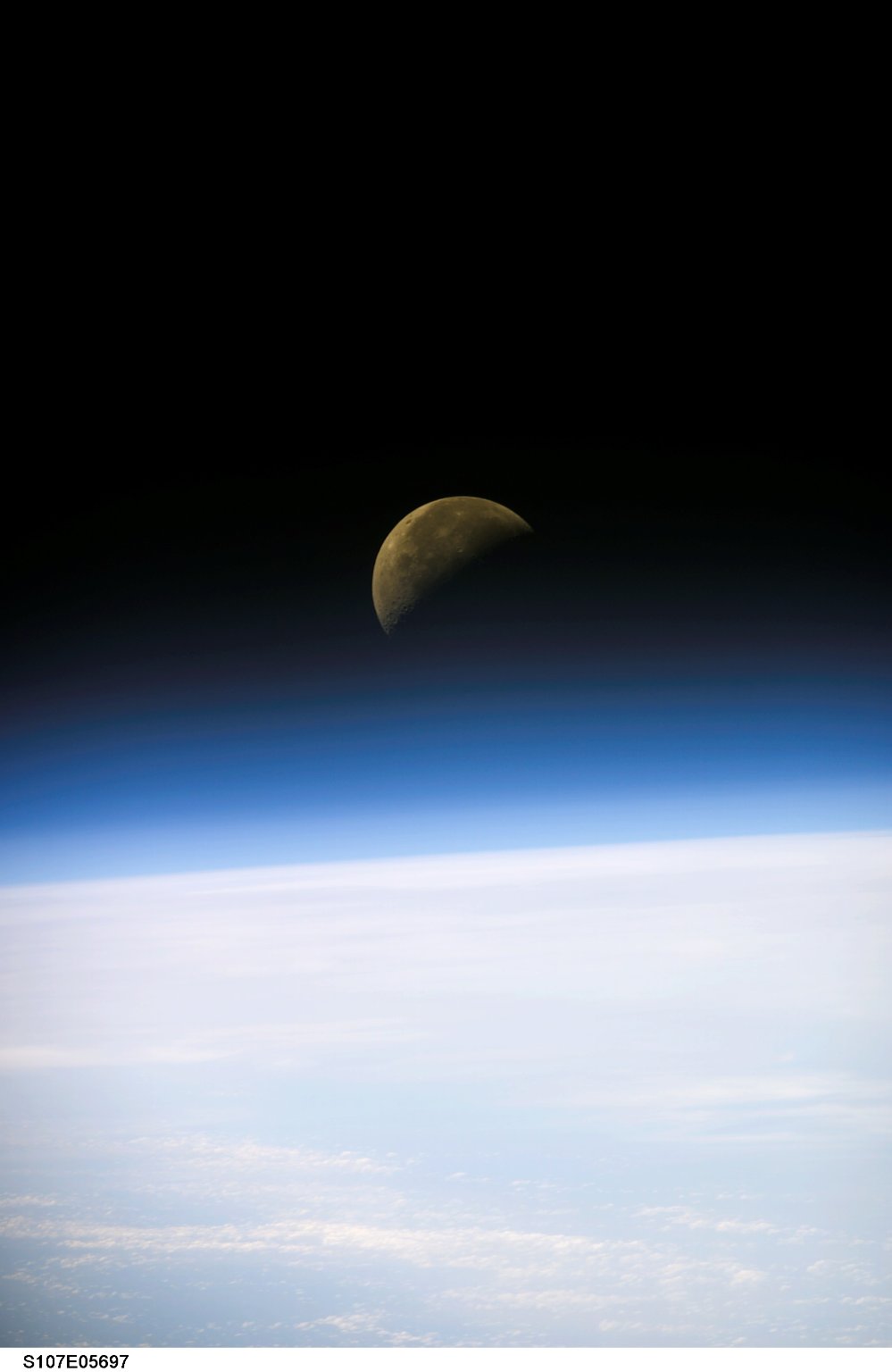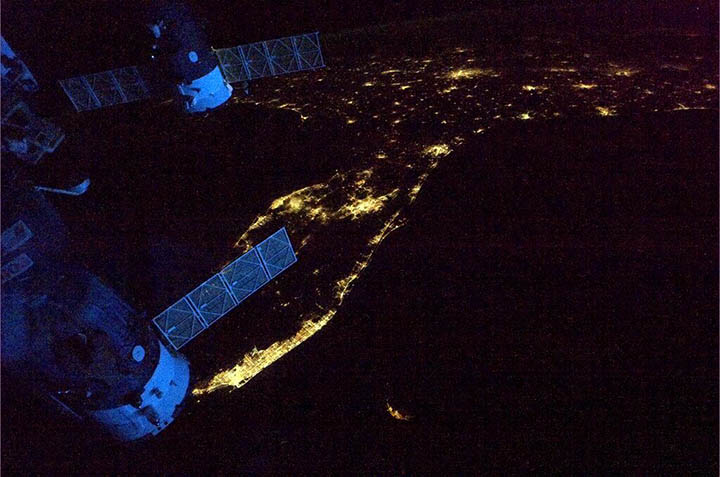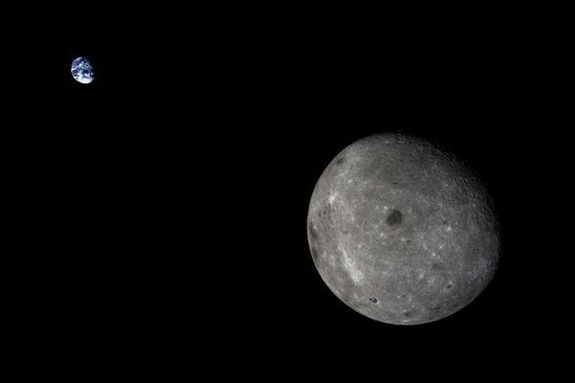Earth Pictures: Iconic Images of Earth from Space
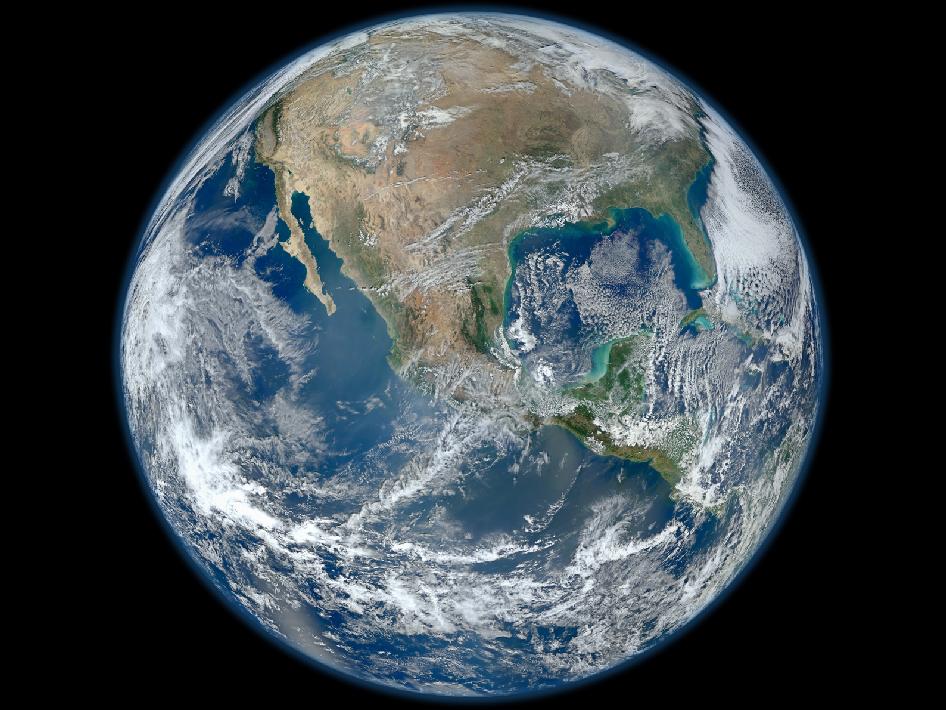
Editor’s Note: This gallery, originally published in 2012, has been updated to include other more recent and stunning images of our planet from space.
Since the first photos of our planet were taken from space, an amazing collection of Earth pictures has accumulated. Some are incredible because of the effort that went into making them; others offer stunning new perspectives on our world; many NASA photos were simply marvelous art layered on fantastic science and fueled by remarkable technology. From full-globe Blue Marble images stitched together from satellite imagery to the humbling Pale Blue Dot Earth picture made from deep space, our world has been revealed in all its cosmic splendor.
Here are several historic first pictures of Earth from the moon and from deep space, as well as iconic views of our world from a truly far-out perspective.
Blue Marble: NASA has produced several Blue Marble images. The original, taken by the crew of Apollo 17, shows the Eastern Hemisphere and is thought to be one of the most famous and widely distributed images of Earth ever. Above-left, one of the most recent Blue Marble images was created by stitching together satellite imagery and reveals the Western Hemisphere in all its glory. The first pictures from space were not nearly as routine as the Blue Marbles are now.
Early Rocket Photos of Earth from Space: Long before we went to the moon, the first pictures of Earth from afar were beamed from the edge of space by rockets in the 1940s. On March 7, 1947, a rocket sent back these first pictures of Earth taken from higher than 100 miles above the surface — well into space.
First Photo of Earth from a Weather Satellite: Rockets gave way to orbiting satellites, and early satellite photos gave scientists their first useful looks at cloud systems from above, providing information on large storms that was of great value to meteorologists.
First Photo of Earth from the Deep Space: Early satellite images only show parts of the planet. Not until NASA’s Lunar Orbiter 1 looked back over its shoulder and snapped the first picture of Earth from deep space did we gain the perspective of our world as an object in the cosmos. Earth is revealed as a crescent — sunlight only partly from the perspective of the spacecraft.
Get the world’s most fascinating discoveries delivered straight to your inbox.
First Picture of Earth and Moon in Single Frame: It was incredible to see Earth from deep space for the first time. It was yet another amazing experience to see both our world and its moon suspended in the black void together for the first time. That feat was accomplished by Voyager 1 on its way to the outer planets.
Earthrise: Imagine coming around the moon in a spaceship, looking out the window, and being the first humans to see your own planet rise. This iconic image of the Earth rising, popularly called the “Earthrise” picture, is the first of its kind taken by an astronaut from lunar orbit.
Pale Blue Dot: Few images from space are as iconic as the Pale Blue Dot, taken by Voyager 1. Carl Sagan said of the image: "...a lonely speck in the great enveloping cosmic dark. To me, it underscores our responsibility to deal more kindly and compassionately with one another and to preserve and cherish this pale blue dot, the only home we've ever known."
First Picture of Earth from Mars: Mars once held the collective human imagination like no other world, with visions of canals and little green men. So it was something special the first time we could take a photo of our world from the surface of the Red Planet. Earth is, once again, a mere dot seen from so far away.
Moon Shadow: Not every great photo of Earth is old, nor are they all black and white. And many, like this next one, are just downright surprising. When we experience a solar eclipse, the moon blocks out the sun. But from space, looking down on our planet, the event takes on an entirely different perspective. We see a strange blemish on our world — the shadow of the moon falling on the planet’s surface. This picture reveals why everyone on Earth is not able to see any given total solar eclipse — the shadow covers just part of the planet, and you have to be near the center of the shadow to experience the eclipse.
Moonrise from Earth Orbit: The horizon is tilted and seems far away. The moon appears to float on Earth’s atmosphere. It’s one of many incredible views that can come only from space, yet by name it’s totally familiar: a moonrise.
Aurora from the International Space Station: Most people on Earth have never seen the aurora. Only a handful have been lucky enough to see it from space.
Fresh Perspective: Looking down on Earth from space, at night, provides a perspective few have seen first-hand — a tiny, pale blue dot turned into a black orb laced with gold jewels.
You Are Where? If you could travel to Saturn and get just the right angle (and a proper exposure), here is what Earth would look like from the ringed planet.
Around the Moon: China launched its fourth mission to the moon in October 2014, sending a probe to loop around the moon and return to Earth. Along the way, the probe captured a classic view of our world over the moon’s shoulder.
Robert is an independent health and science journalist and writer based in Phoenix, Arizona. He is a former editor-in-chief of Live Science with over 20 years of experience as a reporter and editor. He has worked on websites such as Space.com and Tom's Guide, and is a contributor on Medium, covering how we age and how to optimize the mind and body through time. He has a journalism degree from Humboldt State University in California.



